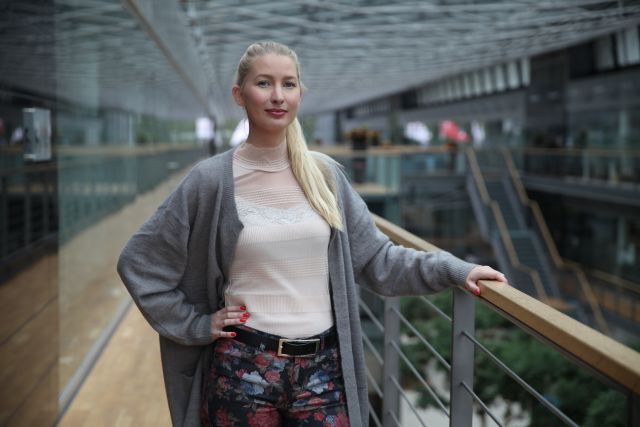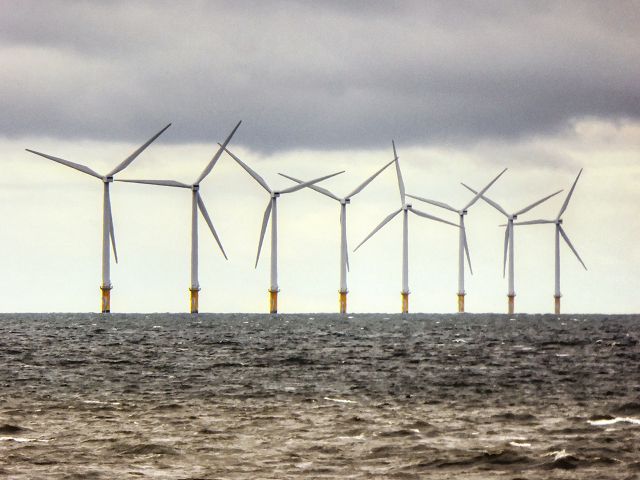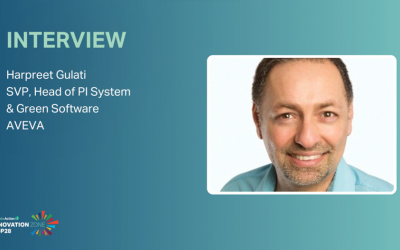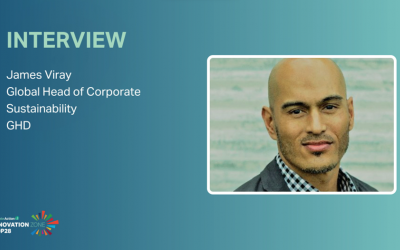“We have built more offshore wind capacity than any other company in the world”
Climate Action recently spoke with Christine Sobieski at Danish energy company Ørsted about the company's interest in sustainable finance.

In the margins of the recent Sustainable Investment Forum Europe in Paris, Climate Action’s Editor, Adam Wentworth, caught up with Danish-based energy company Ørsted.
The global leader in clean energy has a huge offshore wind pipeline of projects that will reach a total of 8.9 gigawatts installed capacity by 2022. It has an ambition to install 11-12 gigawatts of further capacity by 2025, enough to power 30 million households.
We asked Christine at Ørsted what their interest was in sustainable investing and ESG issues.
Adam Wentworth (AW):
Can you explain more about your role at Ørsted?
Christine Sobieski: (CS)
I am responsible for our sustainability communications towards investors, supporting investor relations. Among other things, I am the contact point on Ørsted’s ESG ratings, ensuring that rating agencies have the right information about our strategies, governance and performance on sustainability.
AW: There are lot of asset owners at the event, institutional investors and the like. Obviously Ørsted is a utility company so what’s your primary interest in sustainable finance?
CS: We need to understand what investors expect from us as a green leader. Ørsted has built more offshore wind capacity than any other company in the world, and we are also converting our Danish power stations from coal and gas to sustainable biomass – with a plan to exit coal completely by 2023. So, with the renewable energy portfolio that we have, and that we are building, it is relevant for us to position ourselves so investors notice what we are doing in this area. In that sense the whole ESG space is relevant to us.
We became a publicly listed company in 2016. The Danish government continues to own 50 percent of the company, but since we were listed we have experienced a lot of investor enquiries, including a growing number of Environmental Social Governance (ESG) enquiries from investors. Thus it is natural for us to try to keep abreast with developments in the space so that we can be ready for what comes in terms of the expectations of us as a company.
Last year, we issued our first Green Bonds and this year we are conducting a gap analysis on how well our reporting aligns with the recommendations of the Taskforce on Climate-related Financial Disclosures.

Ørsted's Burbo Bank offshore wind farm in Liverpool Bay. The company has a significant presence in the UK.
AW: Are you seeing more asset owners looking to buy portions of offshore wind farms? Do you go to them, or vice-versa?
CS: We operate a unique ‘farm-down’ partnership model for offshore wind farms that has given us a proven track-record in developing long-term global partnerships.
From an early stage, we have constructed and operated our offshore wind farms in investment partnerships with third parties, enabling us to maximize our participation in the construction of wind farms while employing capital as efficiently as possible and creating value for our shareholders. Our partnership model for financial and institutional investors is distinguished by our ability to tailor the balance of project risk to address investors’ specific risk appetite – for example whether to share the construction risk or not. In Massachusetts and Taiwan, our new markets, we have partnered with local utilities in the development phase to gain the necessary local market experience.
So far, our partnership model has included a 50 percent divestment of each offshore wind farm. Subsidies are regulated and granted for a 15-20 year period by Governments, so cash flows for these assets are very stable and predictable. It is a very attractive investment case for a lot of investors, and we continue to see strong interest in this model.
Going forward, we may divest smaller portions and will not necessarily go into partnerships on all wind farms since we have a strong capital base at this point.
AW: How does Ørsted view sustainable finance progressing in the long term? And what does the future look like from a sustainable viewpoint for the company?
CS: Financing is a prerequisite for transforming the global energy systems from black to green energy at a higher pace than the current trajectory. And this is necessary since the world is in the middle of a global climate crisis. It is not a distant threat. The planet is already feeling the grave impact of climate change. And truth be told, we as society are still not doing enough to secure the planet for generations to come.
Our vision is a world that runs entirely on green energy. And we are committed to running our business in a way that creates progress towards the Sustainable Development Goals, especially goal 7 on clean and affordable energy and goal 13 on climate action.
We want to be a company that provides real, tangible solutions to one of the world’s most difficult and urgent problems. Towards 2023, we have a science-based greenhouse gas reduction target that puts us 27 years ahead of the necessary 2-degree reduction path. To obtain this, we have a strong offshore wind pipeline and an ambition to build enough offshore wind capacity to power 30 million people by 2025, and we will phase out our use of coal entirely towards 2023.






